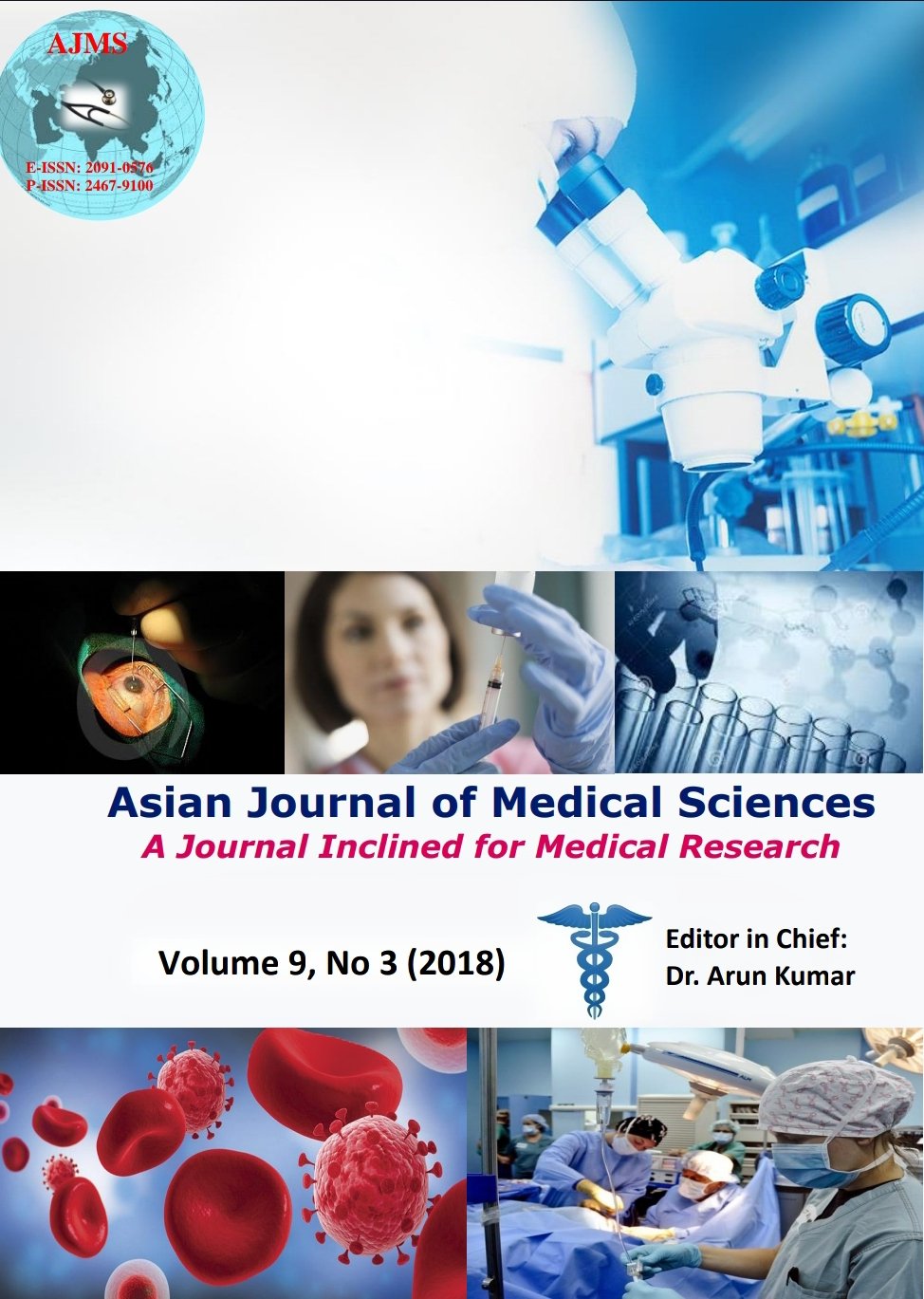Neutrophil-Lymphocyte count ratio on admission as a predictor of Bacteremia and In Hospital Mortality among Sepsis and Septic shock In Patients at Rizal Medical Center
Keywords:
Sepsis, Septic shock, Neutrophil-Lymphocyte count ratio, Hospital mortality, Rizal medical centerAbstract
Background: Neutrophil-Lymphocyte count ratio (NLCR), a readily accessible biomarker, has become increasingly useful as predictive and prognostic tools in patients with various medical conditions. NLCR has also been reported to represent disease severity effectively.
Aims and Objectives: To investigate NLCR on admission as a prognostic marker of bacteremia and in-hospital mortality in patients diagnosed with Sepsis and Septic Shock.
Materials and Methods: This cross-sectional, retrospective study involves one-hundred twenty (120) adult patients with Sepsis and Septic Shock admitted to the IMCU and ICU from January 2015 to December 2016. Laboratory data and clinical outcomes were retrieved and documented from the laboratory and patients’ charts. A cut-off point of >10 was used to be a marker for bacteremia and hence, patients were stratified into two groups based on this cut-off. Out of 120, 78 patients (with mean age of 60) has NLCR of at least 10 while only 42 patients (with mean age of 55) has NCLR of at most 10.
Results: A significant, strong and positive association between NLCR and in-hospital mortality was found (P=0.0001) indicating that an increased rate of mortality is observed for patients with persistently high NCLR. Results also indicated that NLCR is a significant predictor (P=0.0002) of in-hospital mortality via a logistic model. The receiver-operating characteristic (ROC) curve for NLCR predicting in-hospital mortality showed an area under the curve (AUC) of 0.8007 which is an indicative of high predictive power. Its sensitivity and specificity is calculated to be 97.37% and 93.18, respectively. Overall, the performance of NCLR as a predictor based on its computed hit rate is found to be approximately 93.33%.
Conclusion: Increased NLCR levels were independently associated with unfavorable clinical prognosis in patients with sepsis. A high NLCR (>10) is significantly associated with in- hospital mortality. NCLR predicts in-hospital mortality with high accuracy, high precision and small misclassification.
Asian Journal of Medical Sciences Vol.9(3) 2018 6-9
Downloads
Downloads
Published
How to Cite
Issue
Section
License
Authors who publish with this journal agree to the following terms:
- The journal holds copyright and publishes the work under a Creative Commons CC-BY-NC license that permits use, distribution and reprduction in any medium, provided the original work is properly cited and is not used for commercial purposes. The journal should be recognised as the original publisher of this work.
- Authors are able to enter into separate, additional contractual arrangements for the non-exclusive distribution of the journal's published version of the work (e.g., post it to an institutional repository or publish it in a book), with an acknowledgement of its initial publication in this journal.
- Authors are permitted and encouraged to post their work online (e.g., in institutional repositories or on their website) prior to and during the submission process, as it can lead to productive exchanges, as well as earlier and greater citation of published work (See The Effect of Open Access).




